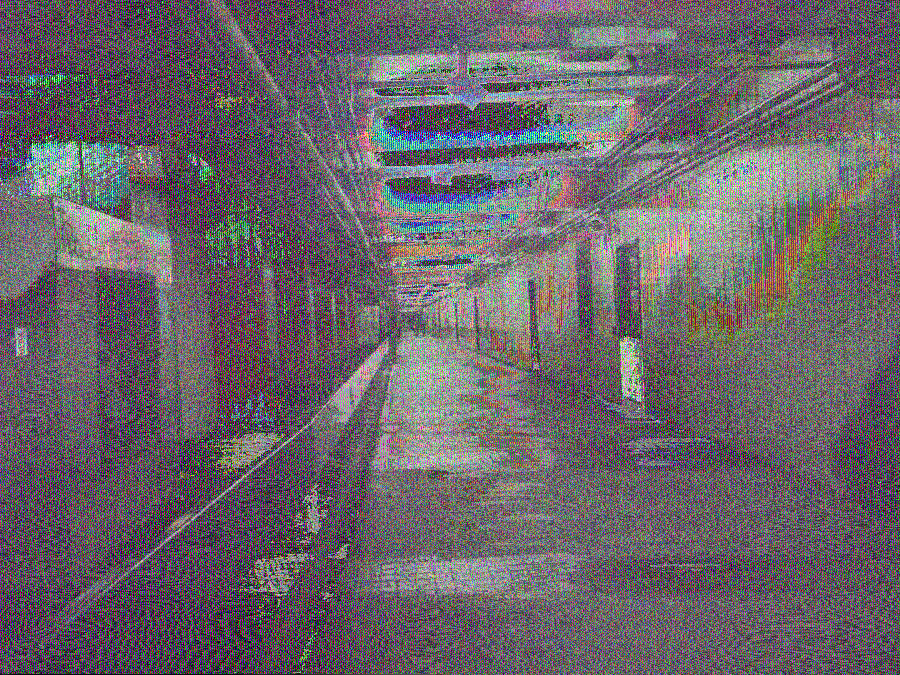twitter is the ultimate source of socially-sourced information for the contemporary post_human. a carefully curated selection of individuals and organizations enables one to stay current on events, thoughts, and themes across digital media, journalism, privacy, education, and myriad related topics. it was through my twitter grapevine - specifically from storycode - that i discovered the transmedia happening / generative tale-telling / massive online classroom / murder mystery known as sherlock holmes and the internet of things, produced by columbia university’s digital storytelling lab.
the crew staged this iteration of sh+iot at the iconic lincoln center for performing arts. the crisp autumn day perfectly complimented the outdoor activities of staging a crime scene, sleuthing clues, and deducing the culprit. the director, lance weiler, briefed our group on the motivation driving the experience: to utilize new idioms emerging from the internet of things to intentionally transfigure narratives, much like arthur conan doyle’s applications of the nascent field of forensic science in the original sherlock holmes stories.
after introductions, we were split into groups of 3-4 folks and assigned a “body,” a silent improvisational actor who was the cornerstone to the interactive narrative experience. given certain tasks involving the body and “clues” (descriptions of items on pieces of paper), we engaged in a paper-prototyping collaboration. the “killer” watched us via periscope and occasionally provided clues and commentary.
post_humans crave connection, both raw and meditated, and in this way sh+iot was quite edifying. our team of three connected with each other, discussing the story as we worked to solve / create the murder plot. we were connected to the other groups from our shared pool of clues, and connected to the remote team via the periscope application.
this unique experience merged elements of improv with immersive theater. perhaps in the next iteration the paper “clues” might be replaced with net-connected objects (since there wasn’t a iot element apparent in the version i experienced). a number of points of confusion arose due to the lack of precedent experience; it wasn’t clear at first that the narrative was open-ended. once my group fully understood that our outcome would be our own invention, the experience seemed more playful and fluid. it was quite gratifying to leave lincoln center with a story, a piece of co-created culture all our own. this was much more satisfying, to watch this story enacted and appreciated, than a pre-scripted “big reveal” so typical of arthur conan doyle’s original work.
the future of amusement eschews passivity in favor of active co-creation. investment, empowerment, cooperation - these are the best of all possible entertainments.

